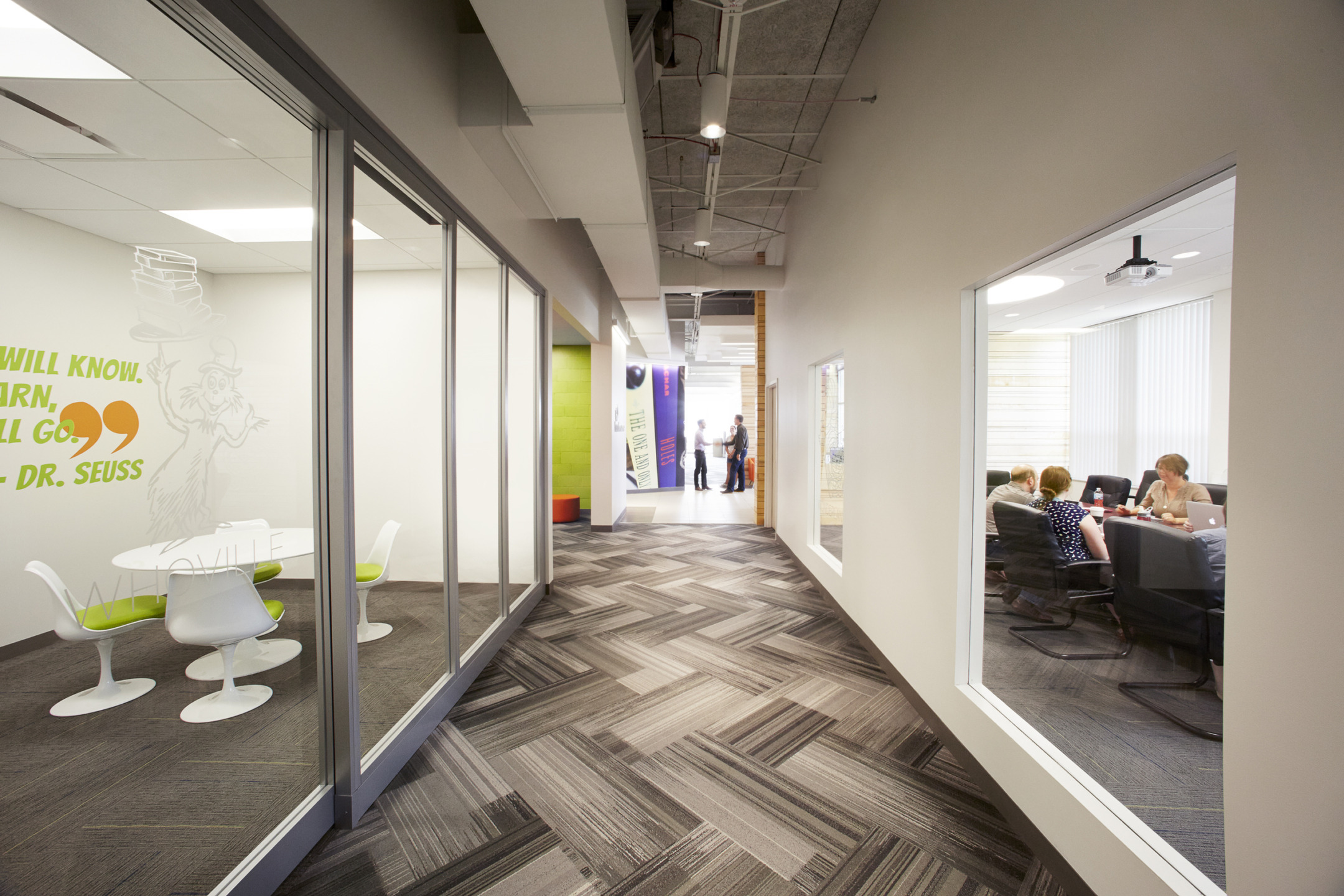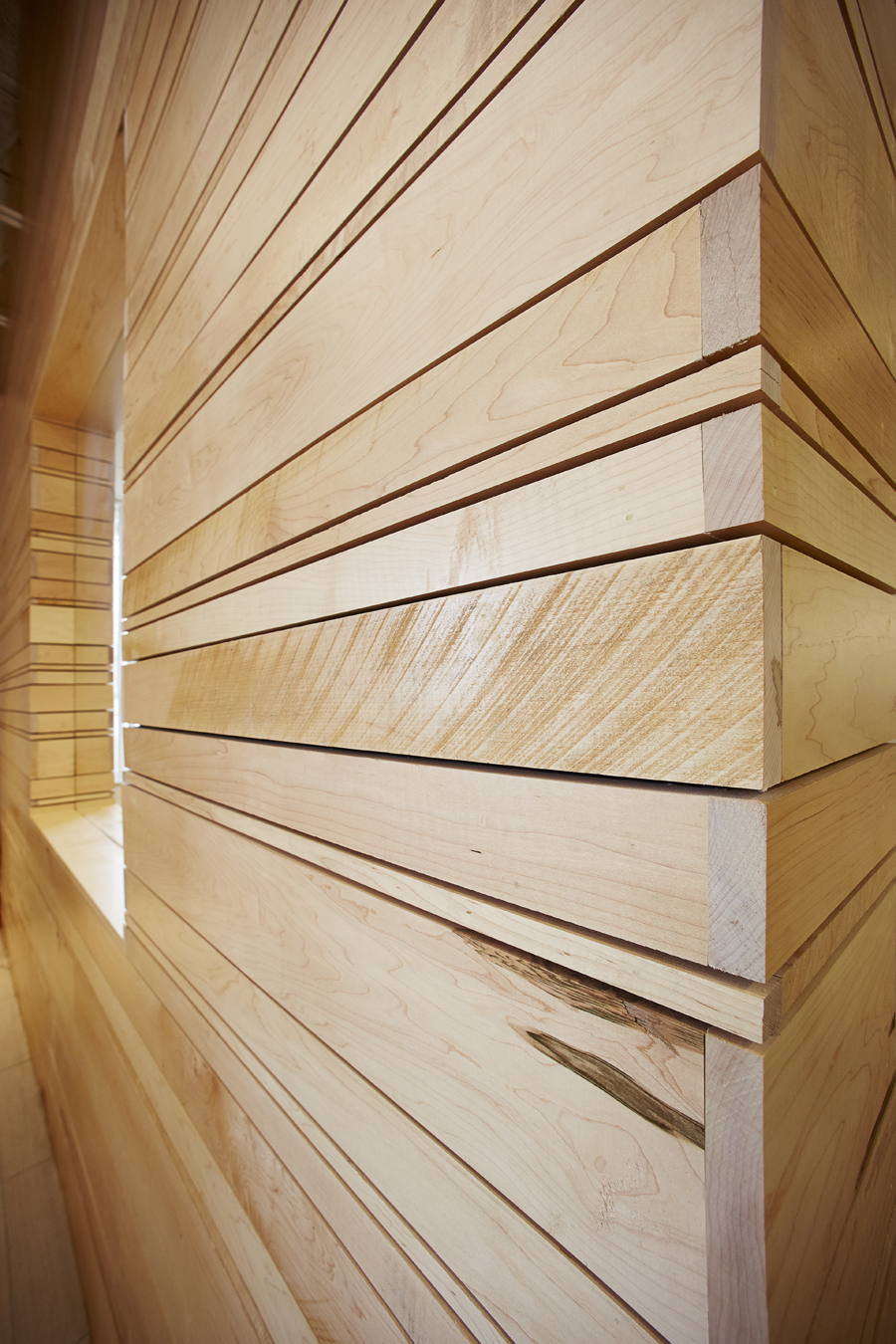
The Coolest Office in St. Louis

JEMA is proud to be featured in the St. Louis Business Journal for creating one of St. Louis’s “Coolest Office Spaces“: Booksource.
The design accomplishes many strategic initiatives that Booksource outlined as key goals before the renovation began: be a reflection of their brand, be a catalyst for a more open, communicative culture, enhance employee well-being, and be a space that attracts and retains great talent.
But achieving all those goals was still not enough. The new space wanted to be more.
The St. Louis Business Journal got it right: the new space wanted to be cool.

We use “cool” everyday, but it does not meet the qualifications of a “professional” word. Even though we often use it internally to describe a design and we often hear it being used by our clients when they see a design they admire, it is still considered a “slang” term, not suitable as a proper adjective for professionals.
But what is it about cool? So seemingly ubiquitous, yet so difficult to describe. Can “cool” be elevated? Can it be given a philosophical dignity? Can it be introduced into the lexicon of professionals?

Cool constitutes more than aesthetic. It is an interaction, not a reaction. For architecture, a cool space comes about through the integration of the client, the program and “venustas.” The term venustas, from the Vitruvian term that describes the aesthetic quality associated with the goddess Venus, is the right word because it describes architecture always in conjunction with firmitas and utilitas. As Vitruvius so brilliantly laid out, architecture is an interaction, a movement, between firmness (firmitas), commodity (utilitas) and delight (venustas). The coolness comes through delight, but not alone, always together, interacting and collaborating with firmness and commodity.

In his most personal book, Roland Barthes, Barthes writes about the radical transformation of common concepts. The book is comprised of a series of aphorisms and one of them has always fascinated me. The aphorism is titled “L’aise” or Ease. He writes about comfort, but more specifically “ease.” He goes on to write that his grandfather “at the end of his life, had arranged a little platform inside his window, so as to obtain a better view of the garden while he was working.” And in this small text, he attempts to elevate the concept of “ease” to a higher level. He writes, “Ease can be given a theoretical dignity and also an ethical force.” I love this excerpt because it seeks to radicalize a commonality, but also because of the architectural quality of the aphorism: the platform, the window, the view…the garden.
Roland Barthes was attempting to transform a common notion that had been so embedded in our everyday understanding that it was discriminated against as a notion worthy of intellectual discourse.

Like “ease” for Barthes, underlying the concept cool is a depth and history that defies our easy understanding. It is rich, complex and always changing.
So lets take our guard down (and our philosophy up) when it comes to cool.